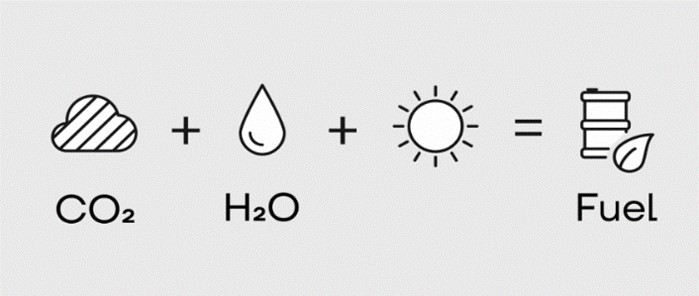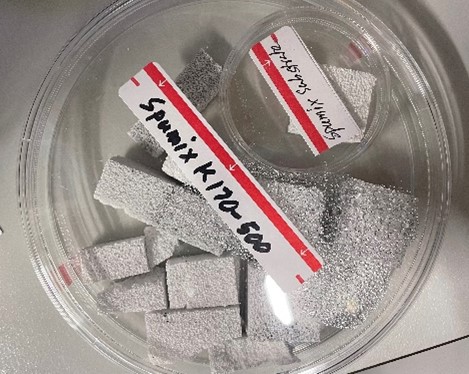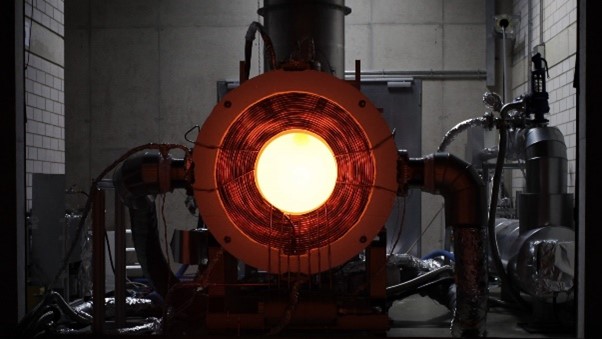
With society’s increasing demand for clean and renewable energy, the conversion of sunlight to fuel is a particularly useful application of solar energy. A research collaboration between York University Professor Thomas Cooper and a Switzerland-based company, Synhelion, is finding ways to produce sustainable solar fuel that is compatible with existing global fuel infrastructure.
According to the 2020 Statistical Review of the World Energy by BP, 84.3 per cent of the world’s energy consumption is from fossil fuels, a non-renewable and hazardous source. When fossil fuels are burned, they release harmful greenhouse gases into the atmosphere, such as carbon dioxide (CO2), causing detrimental effects to the environment.

Working to help eliminate fossil fuels, Cooper, from the Mechanical Engineering Department at the Lassonde School of Engineering, has partnered with Synhelion, which has developed clean, renewable and sustainable solar fuel to power transportation technologies. Instead of releasing new and harmful gases into the atmosphere, this fuel is produced by recycling existing greenhouse gases from the air, specifically carbon dioxide (CO2) and water vapor (H2O). To initiate this process, solar radiation is reflected by a mirror field and generated into high-temperature solar process heat using Synhelion’s solar receiver. This solar process heat provides thermal energy to a reactor that drives the conversion of carbon dioxide and water to syngas (synthesis gas). Synthesis gas is then processed by standard liquid-gas technology into usable solar fuels such as gasoline or jet fuel.
To support the extreme heat conditions required to produce solar fuel (up to 1500C), Cooper is developing, improving and testing durable materials for Synhelion’s solar receiver. These materials are comprised of a ceramic substrate and a metal oxide coating which enhances solar absorption. In addition, Cooper is researching and developing aerogels – porous materials that can be used as thermal insulators for heat retention. Using various apparatus and testing conditions, the developed materials are also analyzed for their solar absorption properties as well as their ability to withstand high-intensity light and heat.


“The heart of our lab is solar-thermal,” says Cooper. “We want to convert sunlight into something beneficial by using a thermal pathway. The target is to create systems that are viable everywhere and anywhere.”
In ongoing support of this project as well as other work in his lab, Cooper demonstrates innovative approaches to solar energy research – including the conversion of solar energy to heat, electricity and clean water. He is currently implementing a solar simulator in his lab, which can simultaneously emit high-intensity heat and light, creating realistic testing conditions for materials. He also continues to explore solutions for the persistent obstacle that is faced when working with solar energy; it tends to escape.
“It can be difficult to keep all of the solar energy that we harness, and it’s normal for us to lose energy and efficiency in the beginning of a project,” says Cooper. “Sometimes new materials have to be created; other times, we have to develop insulation.”
Through his collaboration with Synhelion, Cooper continues to work towards building a more sustainable world for all by creating accessible and renewable energy systems. This project will contribute to the development of a cleaner transportation sector by replacing fossil fuels with solar fuels and reducing greenhouse gas emissions.
